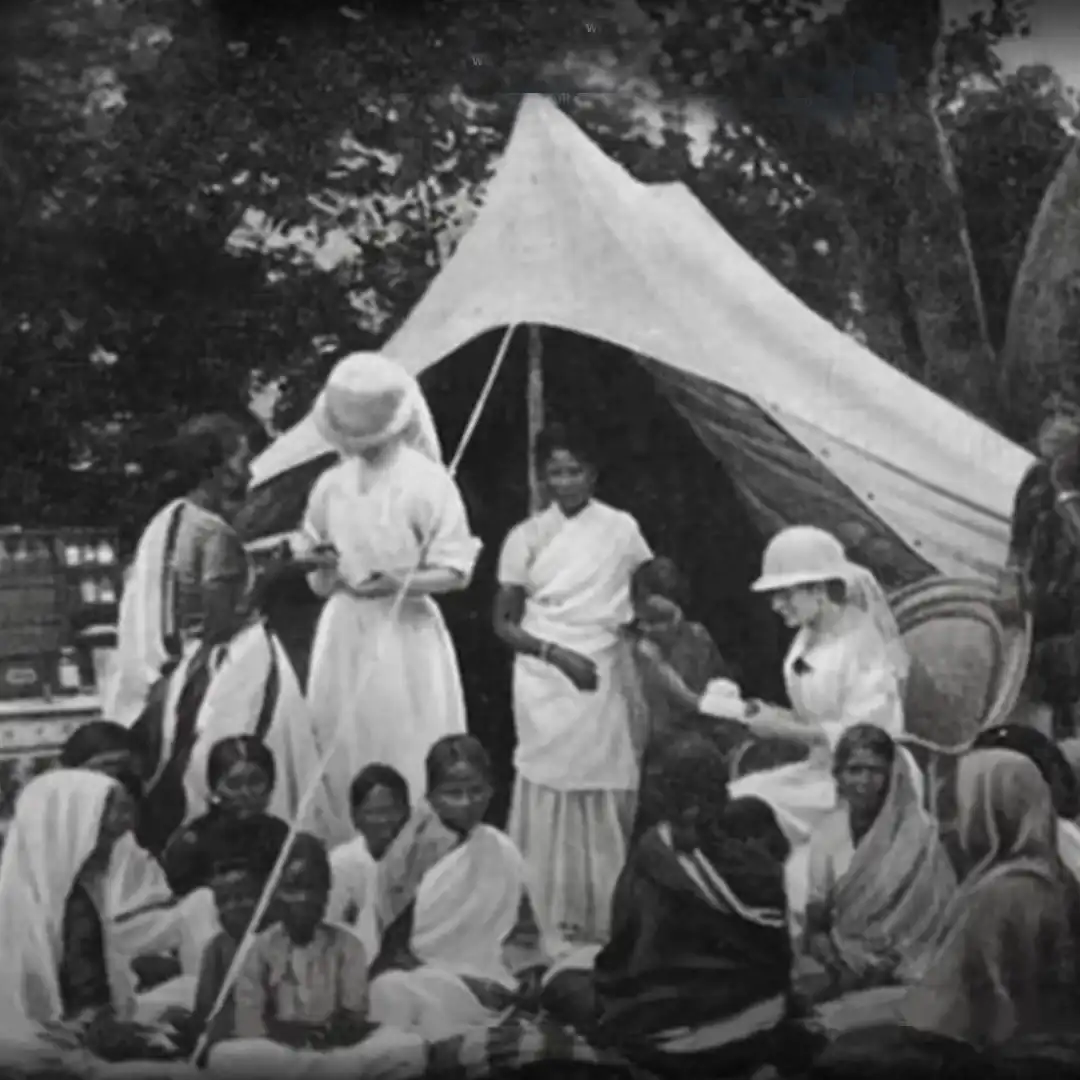Evolution
Origin of Christian Worship in Vellore Fort
Christianity arrived in Vellore with the advent of the British East India Company in 1608, almost 16 centuries after it reached the Indian subcontinent. The Company, known for employing chaplains, established Fort St. George in Madras in 1639 as its headquarters
By 1712, chaplains like Rev. William Stevenson ministered to British subjects, with Danish missionaries aiding in outreach areas. The German and Danish Lutherans, trained at Martin Luther University, served as part-time chaplains in India.
In Vellore, Christian worship began between 1761 and 1773 as an itinerant church with British soldiers, officers, and native Indians. The congregation evolved from meeting in tents to a school building owned by the Society for Promoting Christian Knowledge (SPCK).

From 1766 to 1793, chaplains from Madras Presidency were assigned to Vellore Fort. Regular pastoral visits commenced in 1769, with German Lutheran missionaries leading worship. In 1771, worship moved to a vacant house in the fort and later, a tent on the parade ground.
In 1784, space constraints led to soldiers using the school cum church building. The first church within the fort was built in 1792 by William Harcourt Torriano, the Resident Officer. The ‘Torriano Chapel’ served English and Tamil congregations for 30 years but fell into disrepair.
By 1840, the need for a proper place of worship was felt again, and during the 1840s, efforts were made to establish a permanent church in Vellore Fort.
Evolution of St. John's Church in Vellore Fort
- From 1799 to 1844, chaplains were dedicated to Vellore Fort.
- In 1803, Rev. James E. Atwood proposed a new church, but plans were delayed due to the Sepoy Mutiny in 1806 and the relocation of the British regiment.
- In 1824, Rev. E.A.G Falke found congregational activities hampered by the absence of a dedicated worship building.
- The English school building initially served as a worship venue, but changes in its use led to various adjustments, including services in the Government Pentland Hospital.
- In 1837, plans to repair the Torriano Chapel were dropped, and a proposal for a new building outside the fort faced objections.
- In 1841, Lord Elphinstone approved the construction of a new church within Vellore Fort, and in 1844, the Madras Government sanctioned its building at the present location.
- St. John’s Church, designed and built by Major C.G. Octley in 1846, became the English congregation’s designated church from 1845 onwards.
- The church was built to seat 280 persons, with a porch supported by four pillars and a bell tower added later.
- Between 1874 and 1879, under Rev. J. B. Trend, the sanctuary was rearranged and refurnished, with additional contributions acknowledged by the government.
- In the 1930s, the congregation was primarily European, with only one Indian family.
- Post-Independence, St. John’s Church transitioned to the Church of South India (CSI) in 1947.
- Efforts were made to convert the church into a public library, but its continuous use for worship made the attempts futile.
- Dr. R. P. Nathaniel played a key role in sustaining regular services and gradually increasing Indian membership.
- St. John’s Church remained within the Diocese of Madras, serving both the English-speaking and non-Tamil Christian communities in Vellore.
- St. John’s Church was listed as a “Civil Church” in the Indian Church Act of 1927.
- In 1947, the Indian Ecclesiastical Establishment was closed, and its churches were handed over to the Anglican Church of India, Pakistan, Burma, and Ceylon.
- Rt. Rev. Michael Hollis, Bishop in Madras and Moderator of the Church of South India (CSI), took over the churches in South India.
- A new constitution for St. John’s Church was drafted in alignment with the CSI Madras Diocese.
- The Madras Diocese bifurcated, and on January 26, 1976, Vellore Diocese was formed, making St. John’s Church the only English language church in the new diocese.
- Unique characteristics of St. John’s Church led to assurances of greater freedom in choosing a Presbyter and adapting the constitution within the broader framework of the Diocese.
- In 1955, the Pastorate Committee (PC) was elected and the constitution revised, later approved by the executive committee of the Madras Diocese.
- In 1956 and 1957, the tradition of a carol service before Christmas was established.
- Membership growth in 1959 led to the introduction of a second service at 9:30 a.m. on Sundays, popular for families attending Sunday School simultaneously.
- Despite space challenges, the Sunday School, later named ‘Junior Church’ under Rev. Joseph J. Pratt in 1974, flourished through committed teachers and resourcefulness.

